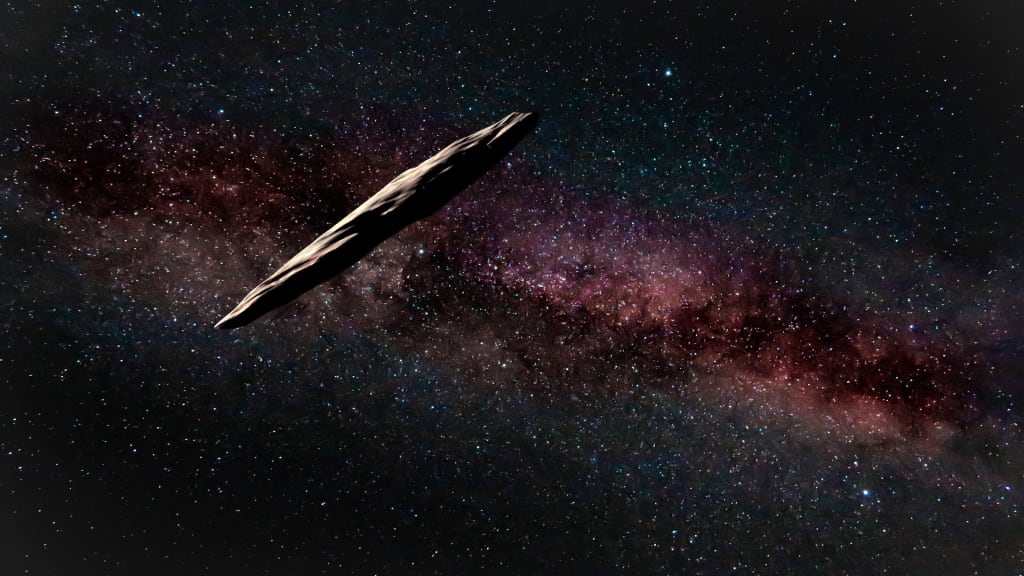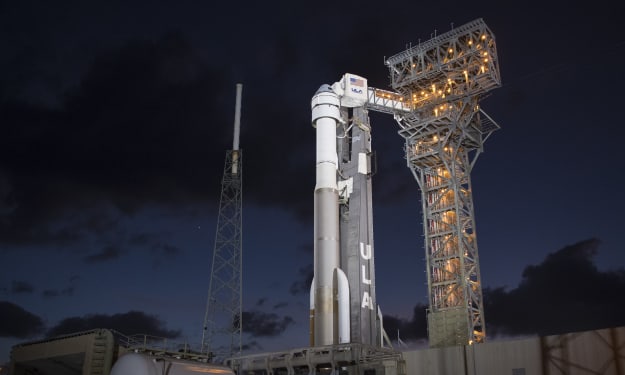Interstellar Discoveries: Journeying Through the Uncommon Objects of Our Solar System
The Solar System's Hidden Gems: A Quest for the Rare and Unknown

In 1979, astronomer Fred Hoyle joked that outer space is just an hour's drive away if you could go straight up. Technically, that's true, but the rest of space is really far away. It would take that same car 400 billion hours to reach the next star. So, scientists don't get to study interstellar objects up close often. But every now and then, something from beyond our solar system visits us. Maybe, just maybe, one of these visitors will decide to stick around.
In October 2017, researchers in Hawai’i saw something moving quickly in the night sky. The way it was moving was very unusual. It didn't follow the usual path of an asteroid or comet orbit.
In our solar system, most objects orbit the Sun in a squashed circle shape. However, this new object had a hyperbolic orbit, similar to a spacecraft traveling into deep space. Scientists realized it was not from our solar system, but a visitor from elsewhere in the Milky Way passing through. It was named Oumuamua and designated as the first interstellar object (1I) spotted by humanity. People speculated whether it was an alien spacecraft or just a rock. Astronomers believe it is more likely just a rock, but some may disagree with calling an interstellar object "boring".
ISOs, or interstellar objects, are like pieces from other parts of the universe that show up at our cosmic doorstep. They are super helpful for us to figure out if our solar system is normal or if it's actually pretty unique. Some people might think that other systems are similar to ours because that's what we know. But actually, 'Oumuamua, the first recognized interstellar object, is showing us that there's a lot more out there to discover. It's shaped more like a pancake than a cigar, and some scientists think it's made of nitrogen ice that broke off from a distant, icy planet. Even though 'Oumuamua is now too far away for us to keep studying, we can still learn a lot from the data we already have. And who knows, there might be more interstellar visitors like 'Oumuamua in the future!
In 2019, an amateur astronomer found Comet Borisov, also known as 2I. Like 'Oumuamua, its hyperbolic orbit suggested it was from interstellar space. Comet Borisov has the typical features of a comet - a fuzzy shape and a tail. But it stands out because it has more carbon monoxide gas than expected. This unusual composition provides clues about Borisov's origin.
We're not sure where it came from exactly, but the high levels of carbon monoxide suggest it originated in a very cold and carbon-rich environment. It likely formed in the outer edges of its home system, where the temperatures were cold enough for carbon monoxide to freeze. It then remained cold until it reached us. 'Oumuamua and Comet Borislov are two examples of interstellar visitors that pass through our solar system. But we believe there is another type of interstellar object that calls our system home.
Some aliens may have made Earth their home, but we can't be sure. We do have some strong contenders, though. We know for sure that tourists from other planets have visited us.
Meet Asteroid 514107, also known as Kaʻepaokaʻāwela. It's special because it orbits the Sun in the opposite direction of most other celestial bodies in our solar system. Research suggests that it has been doing this for a very long time - about 4.5 billion years! While it's not confirmed yet, this unique orbit is a strong indicator that Kaʻepaokaʻāwela may have originated from outside our solar system. If this is true, it would mean that this asteroid has been with us since the very beginning! How cool is that?
There is another potential ISO candidate called Comet Hyakutake, also known as the Great Comet of 1996. It stands out not because of its orbit, but because of its chemical composition. Hyakutake contains a high amount of ethane gas and a low amount of methane gas, which is unusual for comets in our solar system. It could just be a unique case, or it could indicate that it comes from a different stellar system where this ratio is normal. The search for interstellar immigrants like Hyakutake continues, but we may never know for sure if they truly are from beyond our solar system.
Looking for interstellar asteroids and comets is pretty tough because they are likely small. Tracking their trajectory is hard unless they are really close to Earth. It's like playing "Where's Waldo?" in our solar system. Earth might also be hit by small interstellar meteors, but evidence is scarce. These meteors could be affected by the gravity of other solar system bodies. Some interstellar immigrants do visit our solar system, with estimates ranging from thousands at any given time. They might stay for a few decades or millions of years. It's like they're on a long vacation in our neighborhood!
About the Creator
Enjoyed the story? Support the Creator.
Subscribe for free to receive all their stories in your feed. You could also pledge your support or give them a one-off tip, letting them know you appreciate their work.






Comments
There are no comments for this story
Be the first to respond and start the conversation.